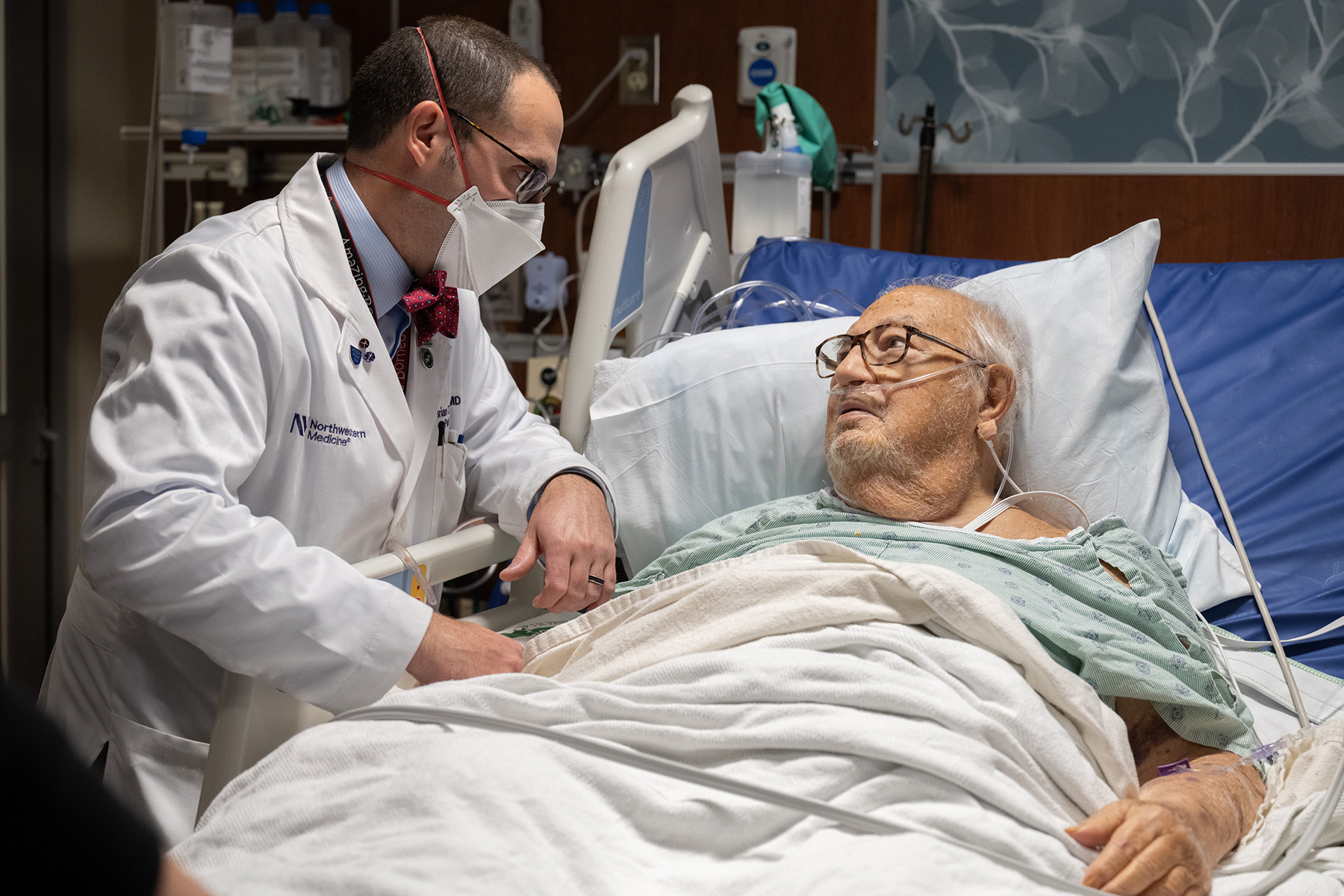
Patients with severe aortic stenosis who had a transcatheter aortic valve replacement procedure demonstrated similar seven-year survival outcomes compared to patients who had undergone traditional surgery, according to a recent study published in The New England Journal of Medicine.
The findings supplement previous results from the PARTNER 3 trial, which found that patients who underwent a transcatheter aortic valve replacement, or TAVR — a minimally invasive procedure in which the narrowed aortic valve is replaced via percutaneous access with wires and catheters through the femoral artery — demonstrated similar five-year survival rates to patients who underwent traditional aortic-valve replacement surgery.
“TAVR is a reasonable option for patients with aortic stenosis with outcomes similar to surgical aortic-valve replacement at seven years. There may be a signal for better survival in surgical aortic valve replacement,” said Chris Malaisrie, MD, professor of Surgery in the Division of Cardiac Surgery, who was a co-author of both studies.
Aortic stenosis occurs when the opening of the aortic valve narrows and restricts blood flow from the left ventricle to the aorta. More than 13 percent of Americans over the age of 75 have aortic stenosis, according to the American Heart Association, and is most commonly caused by aging as calcium or scarring damages the aortic valve, restricting blood flow.
In the current study, 1,000 patients with severe aortic stenosis and at low surgical risk who were randomized to receive either TAVR or surgical aortic valve replacement were monitored over a period of seven years.
In both groups, two primary endpoints were measured: either a composite of death, stroke, or rehospitalization related to the procedure, the valve or heart failure; or death, disabling stroke, nondisabling stroke, along with the number of rehospitalization days related to the procedure, the valve or heart failure.
At the end of the seven-year trial period, the investigators found that both primary endpoints were similar between the TAVR and surgery groups:
- Death: 19.5 percent and 16.8 percent
- Stroke: 8.5 percent and 8.1 percent
- Rehospitalization: 20.6 percent and 23.5 percent
The findings further support that TAVR is an effective treatment for aortic stenosis in patients with low surgical risk, Malaisrie said.
“The 10-year analysis is planned, and that study will further define the difference in the individual endpoints of death, stroke and rehospitalization,” Malaisrie said.
This work was supported by Edwards Lifesciences.






